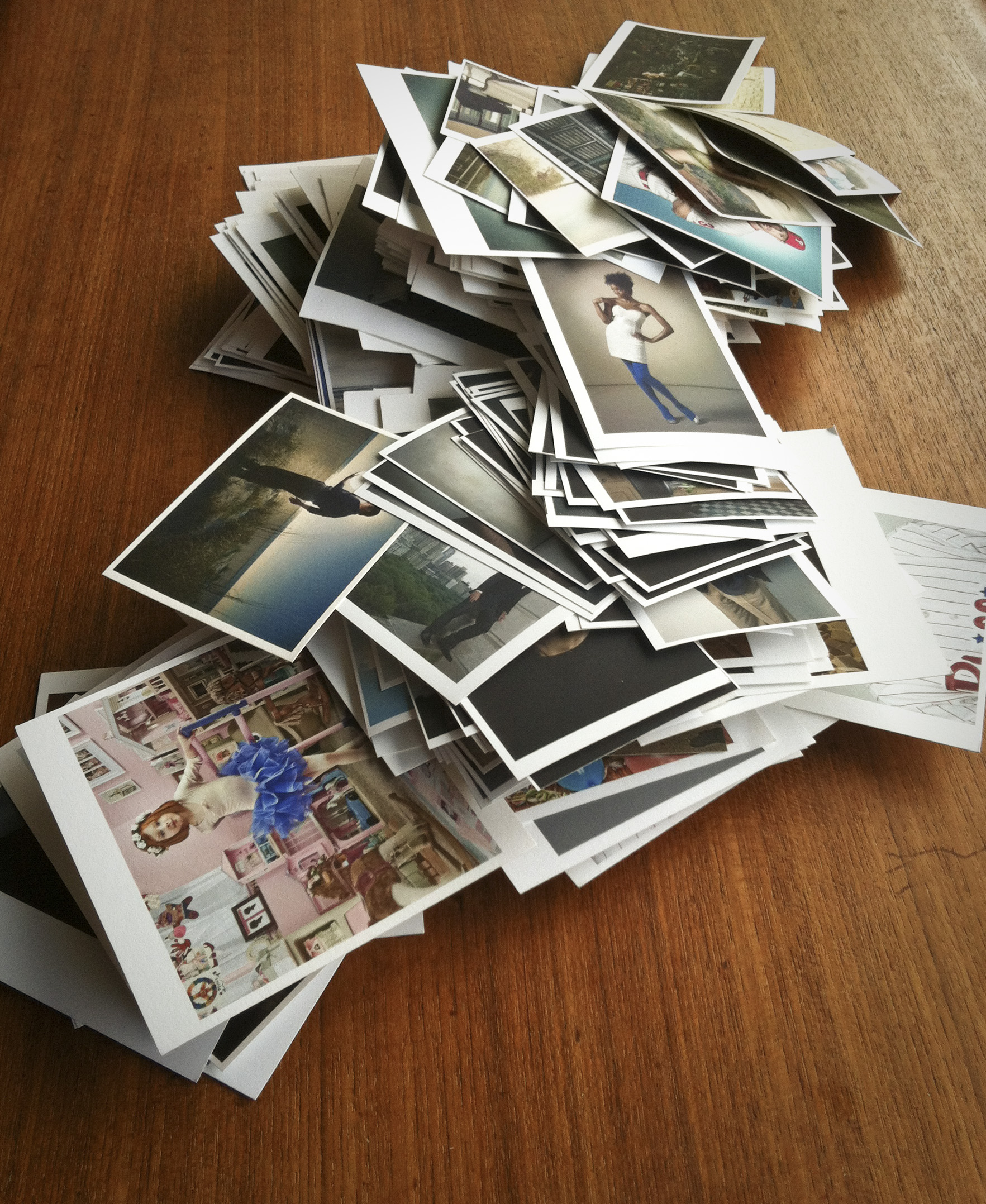I’ve been building and teaching others how to build digital collections and archives for about three years now. Seeing that I often field questions from folks, here’s a starting list for those interested in creating online archives or collections.
PLANNING YOUR DIGITAL COLLECTION
Ask yourself the following questions, as a way to information-gather what you’ll be building, and check out this post for a more detailed exploration of these questions.
- WHY are you collecting, archiving, or displaying the information you believe you want to put online? Are you teaching with it? Are you making a historical record? Are you planning on making this available to the public or is it for some internal use only?
- WHAT are you collecting? Is it images or video, and are they digitized? Event descriptions? People or organizations? Are they connected to one another?
- WHO will actually build this digital system? Who will maintain it? Will they be paid or volunteering? Will there be a team or only one person? Are there web-tech-savvy people available to help? What financial, technological, or human resources are available to this project?
You’re answers to these questions will determine WHAT software is appropriate to use, so let’s look next at that.
Catalog/database options:
I will focus on open-source software which have a decent user base, documentation, and stable releases.
- CollectiveAccess: http://www.collectiveaccess.org is the Drupal of collection management systems. It’s my favorite to use and I build in it for clients regularly. It requires a fair amount of configuration and has a higher learning curve, but is very powerful and customizeable.
- Omeka, http://omeka.org, is the WordPress of collection management systems. It’s popular in digital humanities projects and is made by and for academics who do not want to learn complicated computer programming or datamodels, so it’s also a good pick if you prefer a lower learning curve.
- Mukurtu, http://www.mukurtu.org/, integrated with Drupal, which fair bit of setup as well, is used well for collections that have very granular user permissioning needs, and comes out of a collaboration with a First Nations archival project.
- WordPress is also used for archiving, for example see Split Britches’ online archive.
- Collection Space http://www.collectionspace.org/
- Islandora http://islandora.ca/
Learn More
I teach a class on creating digital archives at Eyebeam center for Art + Technology. The next one is forthcoming Winter 2016, more details on the Eyebeam website.

1 comment